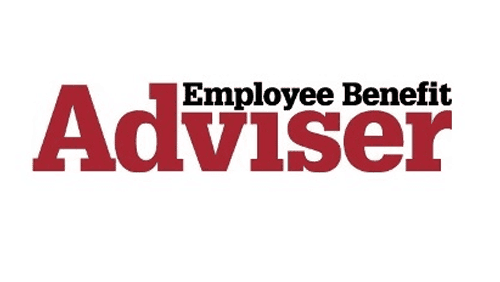
So you’ve taken the plunge into self funding. The first few months can be overwhelming, given the abundance of data at your fingertips, but data can be powerful. Now is the time to consider if certain health benefit carve-outs are right for you.
You probably found with traditional, fully funded insurance, there is limited customization available when structuring the components of your plans. You’re forced to bundle your plan to include the carrier’s offering for reinsurance, pharmacy coverage, managed care and wellness programs, among others.
There’s no better time to review your health and welfare insurance offerings and carve out the portions that would be better managed by third-party vendors.
Choosing Carve-outs
The advantages of health benefit carve-outs are their ability to deliver improved options for managing cost. Third-party vendors that handle carve-outs can customize their programs to meet the specific needs of your benefit programs.
For example, choosing a stop-loss carve-out for organ transplants or high-dollar specialty prescription drugs will protect your organization from catastrophic losses in those categories. By assuming the risk of some procedures, and offering services to enable better coordinate benefit and provider selection, you can manage cost while protecting plan participants.
Carving out benefit structures can streamline complex offerings while changing other components of the plan. Examples of benefit structure carve-outs include mental health services, health savings accounts and wellness services.
Advantages and Disadvantages
For self-funded employers seeking to understand cost drivers, carve-outs are a great choice because they offer a full spectrum of data points including utilization rates, most common claims and the number of employee inquiries.
Additionally, the competition between carve-outs vendors and the variety of service options also provides opportunities to save on rates.
The transparency of health benefit carve-outs enables more precise budgeting.
Carve-outs provide the ability to predict renewal rate increases or to appeal rate increases that aren’t paired with changes in the clearly defined service.
However, carve-outs can be difficult to manage due to the number of potential vendors involved. Certain vendors or carriers may not be integrated; therefore, administration becomes more complex with each added carve-out. These plans also require more employee education because participants will interact with different vendors for different services.
As is true with any type of health plan, employees who aren’t informed consumers can generate unnecessary costs in mismanaged care and improperly filed claims.
When to Start Carving
With carve-outs, size matters. Large, self-funded employers will have a better selection of vendors to choose from because their large population can be leveraged to negotiate palatable rates and customized benefit structures.
Larger employers are also more capable of maintaining an HR team with adequate internal resources to manage multiple insurance vendors. Not all third-party vendors will integrate perfectly with other vendors. Managing multiple vendor relationships, while also keeping an eye on the different risk thresholds, can be complicated for an HR staff. For mid-sized employers, an experienced employee benefits broker can fill the role of HR resources if they are in short supply.
It’s also up to HR to ensure participants are properly educated about benefits. This means providing guidance at enrollment and throughout the plan year, and leveraging multiple communications channels so that information is received. With more than one vendor or carrier managing benefit services, confusion could cause employees to use out-of-network providers or file a claim with the wrong insurer. A formal education and communications campaign can prevent issues.
Monitoring program utilization, claims and administrative costs to measure the success of carve-outs will help you know if unbundling is working, and how well. The keys to easing the transition to carve-outs include knowing your data inside out and leaning on your benefits broker.
With so many new opportunities for plan customization and cost-control, expect your broker to steer you to the strongest result.





